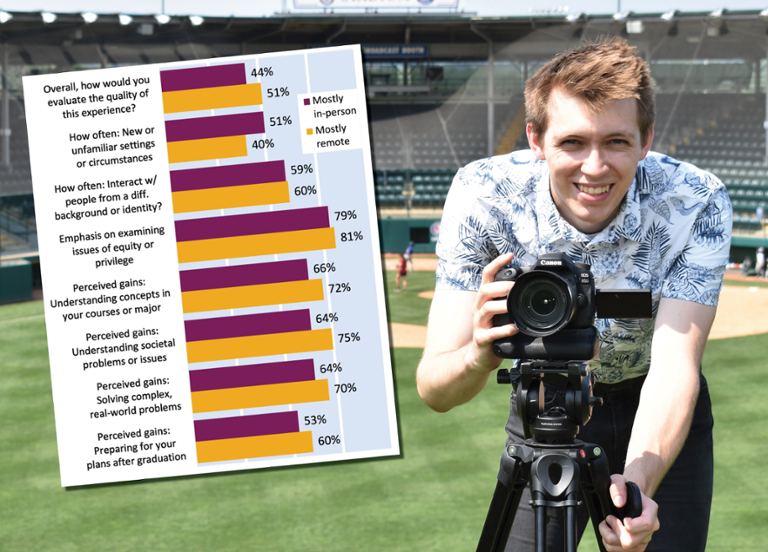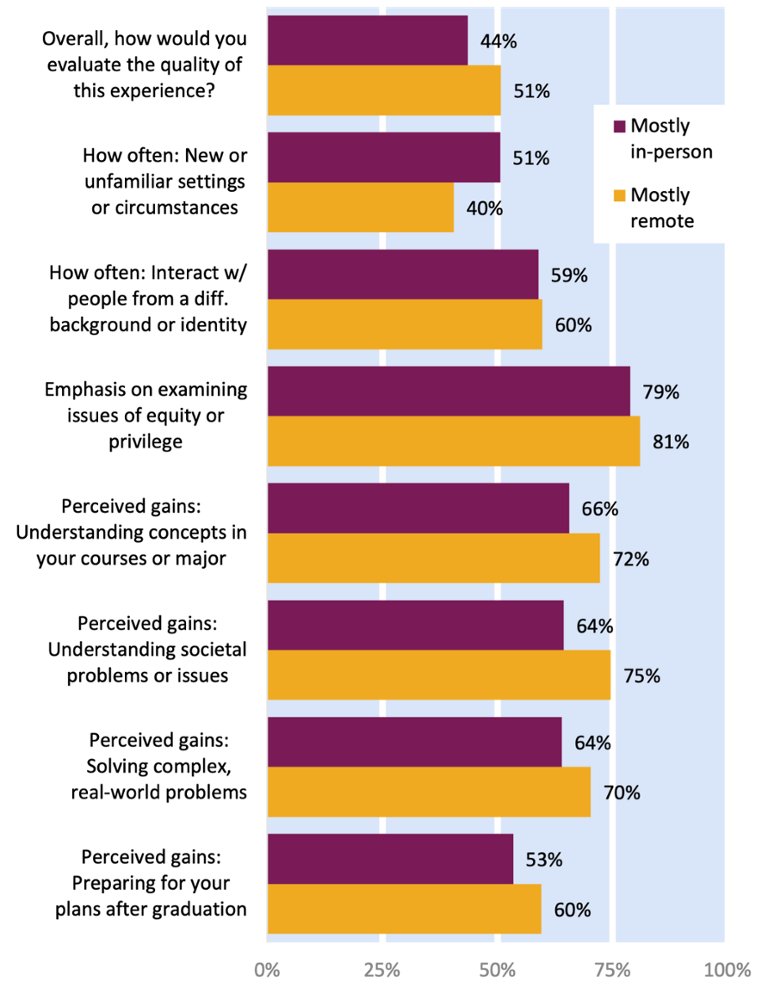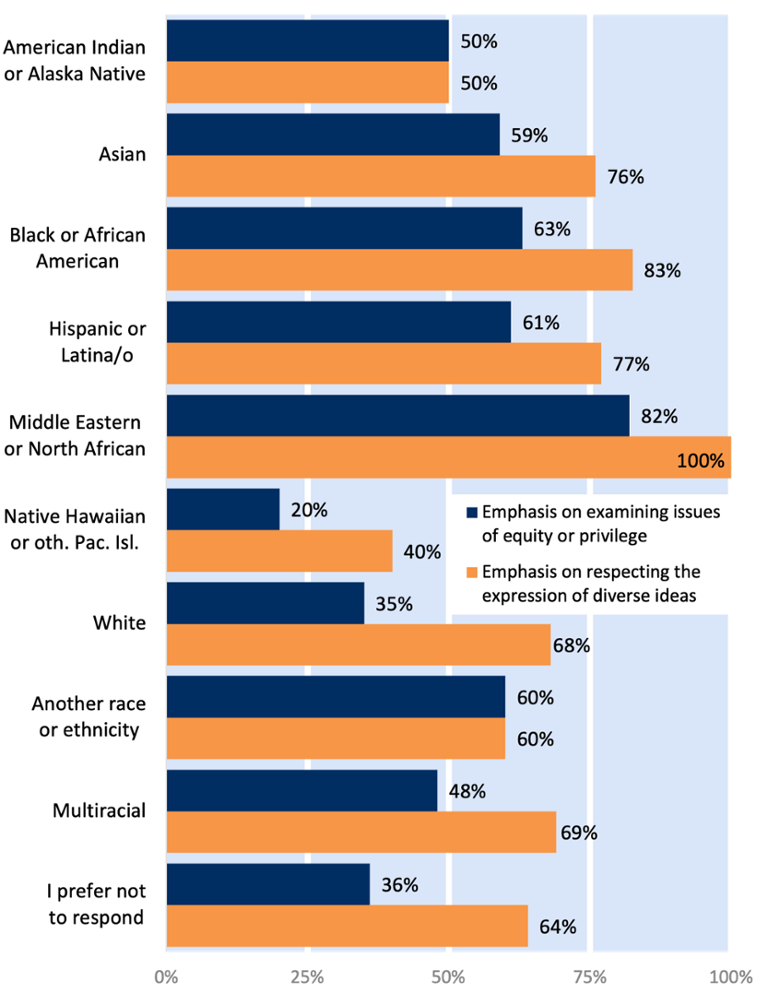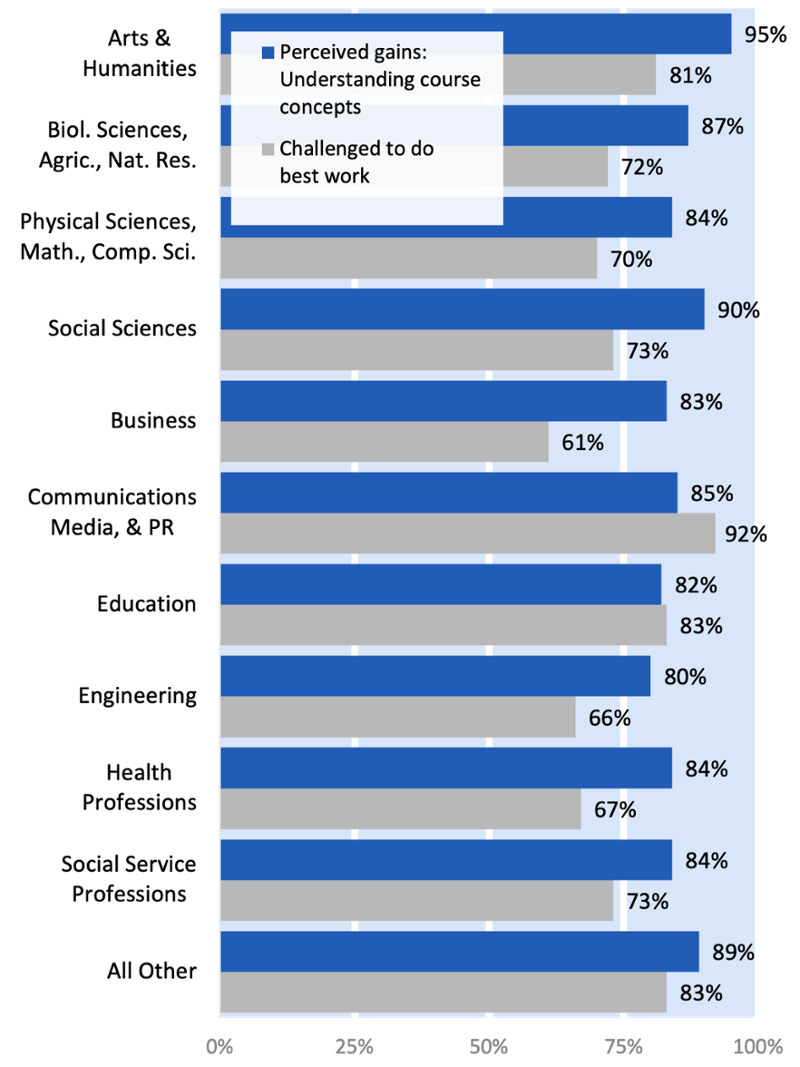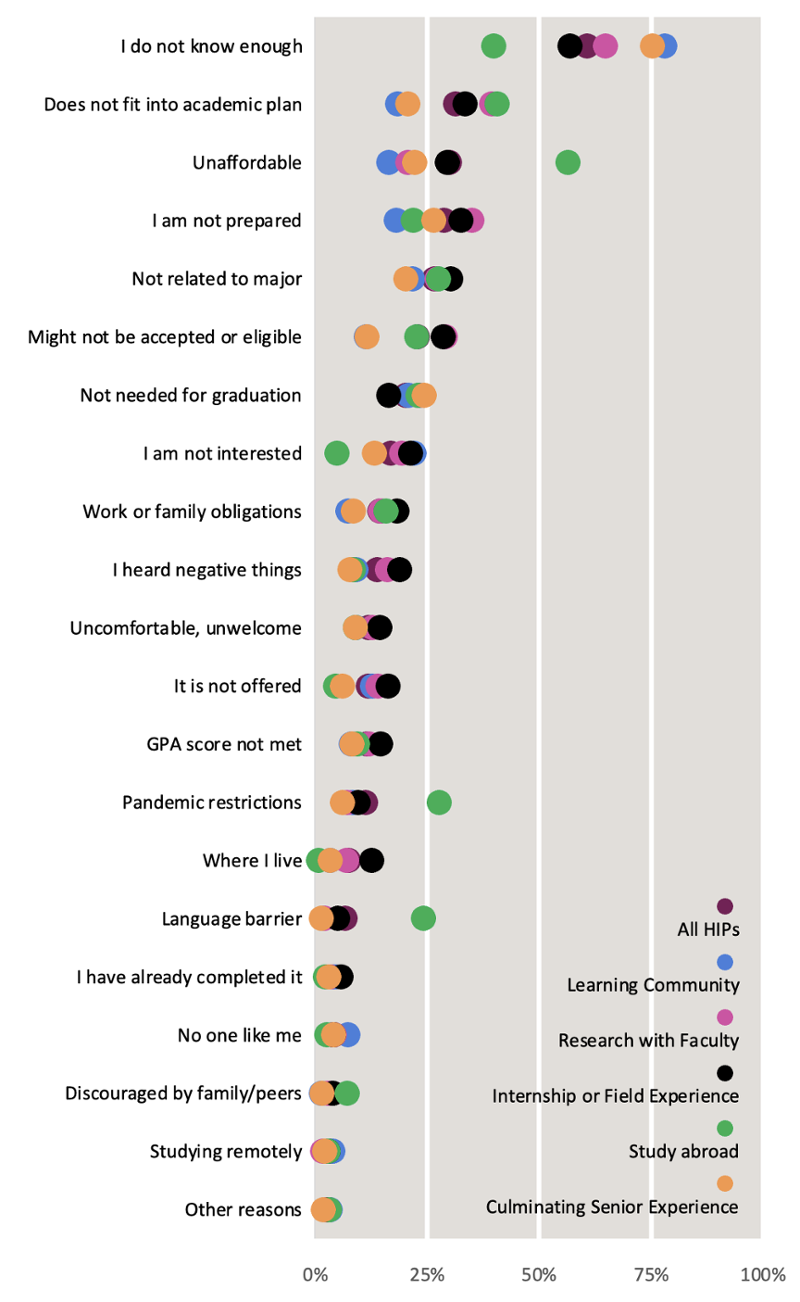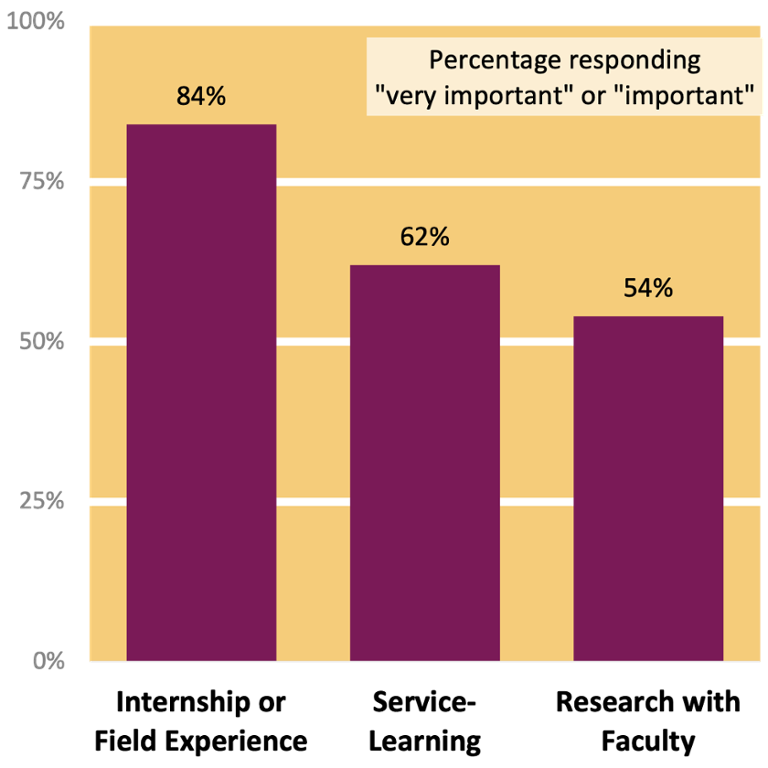In Closing
HIPs rely on quality, and consistency—being “done well”—to achieve their learning outcomes. Evidence about quality can be useful for faculty and administrators interested in maximizing HIP effectiveness by suggesting where instructional practices, expectations, and assignments should be redesigned to ensure greater exposure to all eight elements.
References and Resources
Faulconer, E. (2021). eService-learning: A decade of research in undergraduate online service–learning. American Journal of Distance Education, 35(2), pp. 100-117.
Kinzie, J., McCormick, A. C., Gonyea, R. M., Dugan, B., & Silberstein, S. (2020, July). Assessing quality and equity in high-impact practices: Comprehensive report. Indiana University Center for Postsecondary Research.
Kinzie, J., Silberstein, S., McCormick, A. C., Gonyea, R. M. & Dugan, B. (2021). Centering Racially Minoritized Student Voices in High-Impact Practices. Change, 53(4), 6-14.
Kuh, G. (2008). High-Impact Educational Practices: What They Are, Who Has Access to Them, and Why They Matter. Washington, DC: Association of American Colleges and Universities.
Nelson Laird, T., BrckaLorenz, A., Zilvinskis, J., & Lambert, A. (2014).
Exploring the effects of a HIP culture on campus: Measuring the relationship between the importance faculty place on high-impact practices and student participation in those practices. Paper presented at the Association for the Study of Higher Education Annual Conference, Washington, DC.
Zilvinskis, J., Kinzie, J., Daday, J., O’Donnell, K & Vande Zande, C. (2022). Delivering on the Promise of High-Impact Practices: Research and Models for Achieving Equity, Fidelity, Impact, and Scale. Sterling VA: Stylus.
Zilvinskis, J., Kinzie, J., Daday, J., O’Donnell, K & Vande Zande, C. (2022). Delivering on the Promise of High-Impact Practices: A New Resource for Assessment. Assessment Update, 34(4), 1-2, 16.



